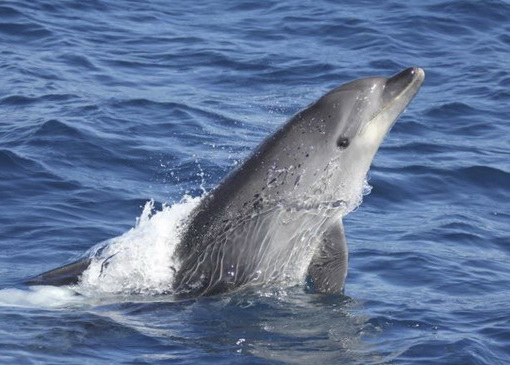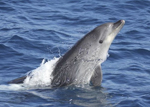The ecological role of species can vary among populations depending on local and regional differences in diet. This is particularly true for top predators such as the bottlenose dolphin, which exhibits a highly varied diet throughout its distribution range. Local dietary assessments are therefore critical to fully understand the role of this species within marine ecosystems, as well as its interaction with important ecosystem services such as fisheries. Here, stomach content analyses (SCA) and stable isotope analyses (SIA) were combined to describe bottlenose dolphins diet in the Gulf of Cadiz (North Atlantic Ocean). Prey items identified using SCA included European conger and European hake as the most important ingested prey. However, mass-balance isotopic mixing model (MixSIAR), using ?13C and ?15N, indicated that the assimilated diet consisted mainly on Sparidae species (e.g. seabream) and a mixture of other species including European hake, mackerels, European conger, red bandfish and European pilchard. These contrasting results highlight differences in the temporal and taxonomic resolution of each approach, but also point to potential differences between ingested (SCA) and assimilated (SIA) diets. Both approaches provide different insights, e.g. determination of consumed fish biomass for the management of fish stocks (SCA) or identification of important assimilated prey species to the consumer (SIA). informacion[at]ebd.csic.es: Giménez et al (2017) Diet of bottlenose dolphins (Tursiops truncatus) from the Gulf of Cadiz: Insights from stomach content and stable isotope analyses PLoS ONE https://doi.org/10.1371/journal.pone.0184673



 The diet of the bottlenose dolphin described by stomach content and stable isotope analyses
The diet of the bottlenose dolphin described by stomach content and stable isotope analyses



